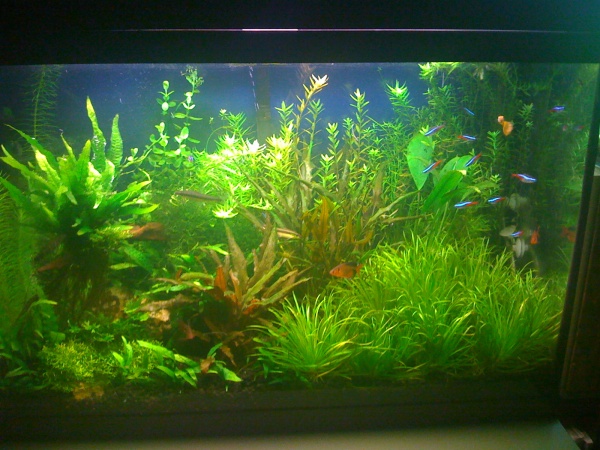adammorrill
Aquarium Advice Freak
Hi, I am probally going to buy this light fixture and it comes with 2 light bulbs and i was wondering if i would need to replace them with better ones so i could grow live plants. The bulbs it comes with is a 48watt, 650nm Pink Roseate bulb and a 48watt, 6,000K bulb. Also here is the link to the fixture Aquarium Lighting T5 Fluorescent Light Fixture: AquaticLife T5 HO Dual Lamp Light Fixtures and im getting the freshwater 48inch one.
Thanks
Thanks

